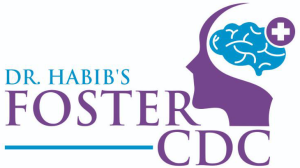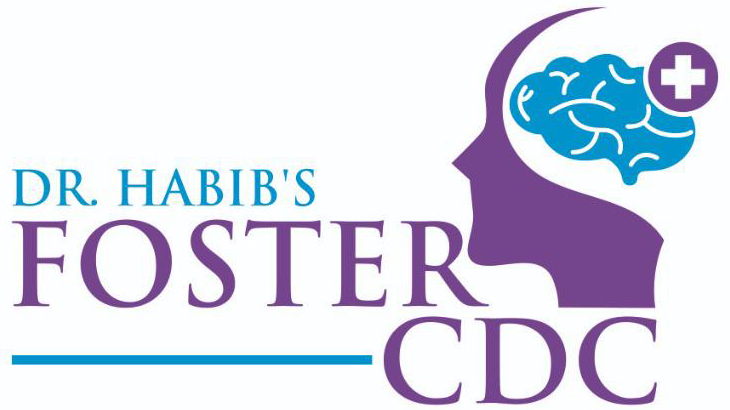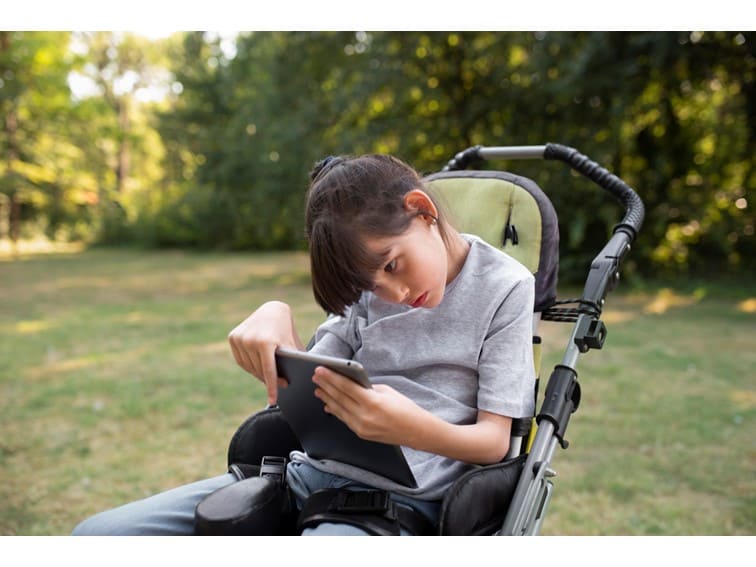Neuromuscular Disorders in Children
Neuromuscular disorders in children affect the muscles and nerves and hamper their working abilities in children. When this happens, children develop several types of neuromuscular disorders. A child with a neuromuscular disorder may have problems with the nerves that control muscles or within the muscles or the way in which both the muscles and the nerves coordinate and communicate with each other. Some children acquire some of these conditions, while others may have other causes. Children with neuromuscular disorders have weak muscles and weakness in the muscles. The symptoms usually progress slowly and become worse over a period of time. Learn about muscular dystrophy in children
Types of Neuromuscular disorders in children
Spinal muscular atrophy: The motor nerves present in the spinal cord are mostly affected. In this condition, the affected child may lose control of his or her muscles’ movement.
Infantile progressive spinal muscular atrophy
This type of muscle atrophy affects the nerves of the spinal cord – the motor neurons that control muscle movement. It is a genetically inherited neuromuscular condition. Muscles wasting and loss of muscle mass (deterioration) occur due to extreme weakness and lack of activity of muscles.
Infectious myelitis (polio, West Nile)
Neuropathies
Inflammation of the nerves causes neuropathies with the following symptoms: pain, tingling sensation, numbness, and other symptoms. Children may develop both hereditary and acquired neuropathies. Toxic neuropathy, diabetic neuropathy, polyneuropathy, chronic inflammatory demyelinating polyneuropathy, and Guillain Barre Syndrome are some of the examples of acquired neuropathies. Charcot-Marie-Tooth disease (CMT) is an example of hereditary neuropathy.
Neuromuscular junction disorders
These types of muscular disorders mostly affect muscles and nerve junctions (the place where muscles and nerves connect and communicate). For example, congenital myasthenic syndrome, botulism, and Myasthenia gravis are neuromuscular junction disorders.
Myotonic dystrophy
It is a type of congenital progressive neuromuscular disorder. The characteristic features include muscle weakness and wasting. Both children and adults can have this disorder, but it typically begins in adulthood.
Limb-girdle muscular dystrophies: This condition is associated with the loss of muscles in the shoulders, back, and hip. Muscles become weak, shirk, and lose muscle mass and tone over a period of time. It is rare muscular dystrophy.
Congenital myopathies: Diseases of the muscles present at birth are referred to as congenital myopathies. Congenital – Present at birth; Myopathy – Disease of the muscle. Babies born with this condition lack muscle tone at birth. It is a rare genetic condition present at birth. Muscle weakness can be mild, moderate to severe.
Friedreich’s ataxia
Friedreich ataxia is associated with issues of the nervous system and movement.
What are the signs and symptoms of Paediatric Neuromuscular disorders?
The typical signs and symptoms of neuromuscular disorders in children include:
- Walking difficulty – lack of balance and coordination, problems with movement and ability to walk
- Loss of reflexes
- Muscle wasting – loss of muscles and decreased muscle size
- Decreased sensation – numbness and tingling sensation
- Muscle aches, numbness, muscles cramps, and twitching
- Trouble breathing
- Drooping eyelids
- Double or blurred vision
- Trouble swallowing
Diagnosis of Neuromuscular disorders in children
A pediatric neurologist performs a thorough physical examination and takes into account the complete medical history of the child. The doctor evaluates the child’s muscle strength, reflexes, and other features. Next, the doctor may order some tests to evaluate and diagnose the condition. The tests may include blood tests to check the levels of certain proteins or enzymes; nerve conduction studies; electromyography (EMG); genetic testing, MRI, and others.
Treatment
The treatment of neuromuscular disorders mostly depends on the type of condition the child has and involves multidisciplinary care that includes a pediatric neurologist, speech therapist, cardiologist, pulmonologist, physical and occupational therapist, and nutritionist.
Bottom Line
Neuromuscular disorders can occur at any age even at birth as well. Children who have them may experience a wide range of symptoms mostly associated with muscle movement, coordination, balancing, and strength. The symptoms become worse over a period of time and cause complications. Therefore, early detection and diagnosis ensure timely care and effective management of the condition with improved quality of life of the child.
Learn more about Muscular dystrophy



